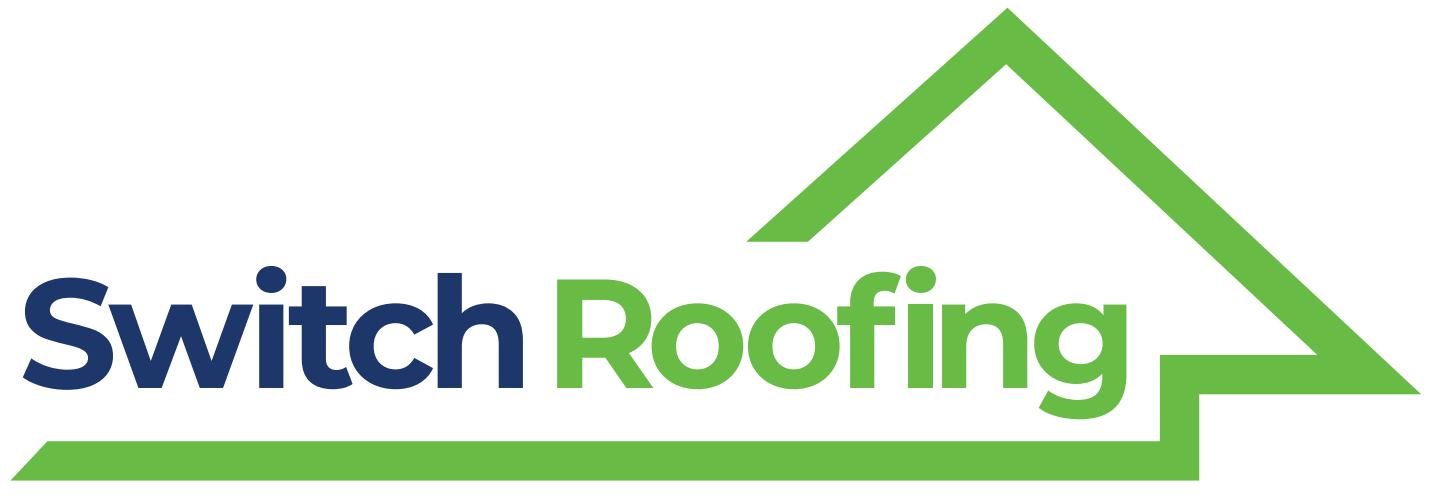
Thinking about a new roof but not sure whether to go for Colorbond or traditional tiles? With Australia’s intense weather conditions, selecting the right roofing material is a big decision. A good roof does more than keep you dry; it protects against Australia’s intense sun, heavy rain, and fierce winds.
The right one can also enhance its curb appeal for decades to come. Both Colorbond and tile roofing are well-liked choices, each offering different benefits and drawbacks.
In this guide, we’ll break down the main differences to help you choose the best roof for your home and needs.
What Makes Colorbond Roofing Unique?
Colorbond roofing is a steel option designed to stand up to Australia’s tough weather, including intense sun, rain, wind, and even hail. Here are some of its main advantages:
- Wide Colour Selection: Colorbond roofing has a great selection of colours to choose from, so homeowners can select a colour that matches their home’s design.
- Lightweight and Strong: Despite being lightweight, Colorbond is extremely strong, which makes it a good choice for areas with strong winds.
- Minimal Maintenance: Unlike tiles, Colorbond roofing requires very little maintenance. It’s designed to resist damage from rust, peeling, and cracking, so it often looks new even after years of use.
- Bushfire Resistant: Being non-combustible, Colorbond steel is a safe option for homes in bushfire-prone areas.


What is Tiled Roofing?
Tiled roofing has long been a popular option for Australian homes, and it is known for its classic look and strong durability.
Roof tiles are typically made from concrete, clay, or terracotta, which makes them suitable for a wide range of home styles and climates.
Here are some of the key features of tiled roofing:
- Classic Style: Tiles offer a traditional, earthy look that works beautifully with heritage and classic-style homes.
- Sound Insulation: Tiled roofs provide excellent soundproofing, which can make the sound of rain much softer compared to metal roofs.
- Thermal Efficiency: With their high thermal mass, tiles absorb heat during the day and release it slowly at night, which helps maintain stable indoor temperatures.
Which is Better: Colorbond or Tile Roof?
When it comes to deciding which is better: Colorbond or tile roof, it’s helpful to consider a few key factors. Here’s a direct comparison to make the choice easier.
Durability and Lifespan
Colorbond Roofing: Colorbond roofs are very durable and built to resist chipping, peeling, and cracking. They’re designed to hold up under strong winds, harsh sun, and rain. With little upkeep, Colorbond roofs generally last around 30 to 45 years.
Tiled Roofing: Tiled roofs can last even longer, sometimes reaching up to 100 years if properly maintained. They’re resistant to fire, rot, and insect damage, but tiles can crack if heavy objects fall on them or if someone steps on them.
Verdict: Both roofing options are durable, but Colorbond requires less maintenance overall. If you’re focused on longevity and don’t mind occasional maintenance, tiles might be the better choice.
Thermal Efficiency
Colorbond Roofing: A Colorbond roof is designed with solar reflectance technology that helps keep your home cooler by reflecting sunlight. Lighter Colorbond shades are especially effective in reducing heat, which can help cut down on air-conditioning costs in the summer.
Tiled Roofing: Tiles naturally have a high thermal mass, meaning they absorb heat during the day and slowly release it as temperatures cool. This can help keep a home warmer in the evenings but may cause it to hold more heat on hot days. When paired with insulation, tile roofs can still provide solid energy efficiency.
Verdict: If you live in a warmer climate, Colorbond may be better as it’s reflective, whereas tiled roofs help retain warmth, especially in colder months.
Maintenance and Long-Term Costs
Colorbond Roofing: Thanks to its durable coating, Colorbond roofing requires minimal maintenance. Rain often does the job of cleaning, and a quick rinse now and then helps keep it in great shape. Colorbond is also easier to install, which can help reduce labour costs.
Tiled Roofing: Tile roofs usually need more regular maintenance. Individual tiles might crack or shift, and gutters can require frequent cleaning. Over time, tile roofs may need restoration or resealing, which can add to maintenance costs.
Verdict: With minimal maintenance, Colorbond is usually more cost-effective over the long term. On the other hand, tiled roofs may have higher upkeep costs because of necessary repairs and ongoing maintenance.
Protect Your Home with the Right Roof
Choosing a roof replacement between a Colorbond roof and a tiled roof ultimately comes down to your priorities. Whether you’re looking at replacing roof tiles with Colorbond or starting from scratch with a new roof, Switch Roofing can assist you. We’re here to help answer your questions and find a solution that suits your style and practical needs.
Contact us at Switch Roofing to discuss changing tiles with Colorbond and discover the best roofing choice for your home’s look, budget, and environment. Let’s make sure your home has a roof built to last!
